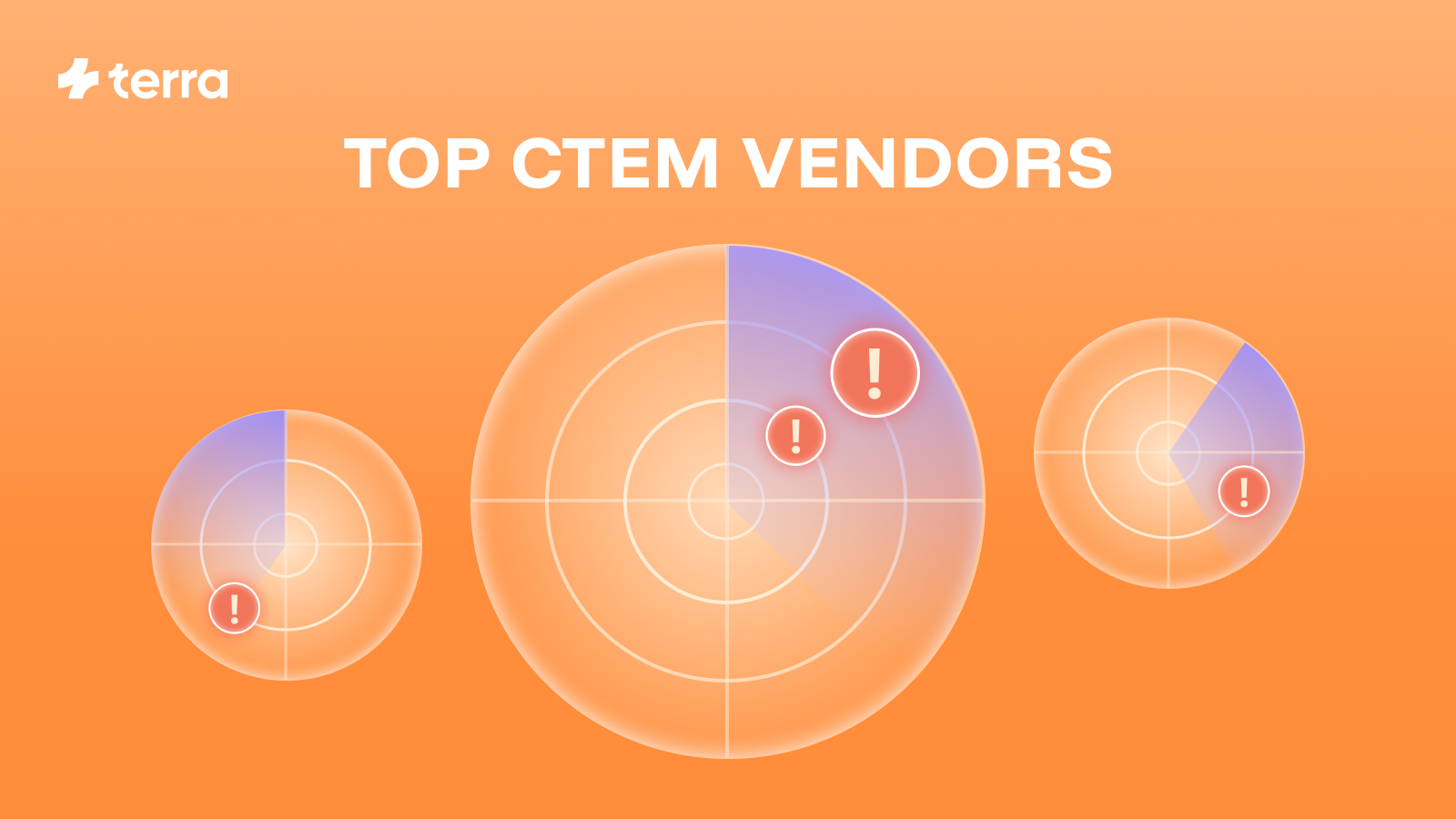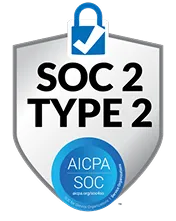Back
Top 10 Automated Penetration Testing Tools

Imagine running a bank that only gets a security check once a year—even though you’re adding new vaults, changing locks, and updating security measures daily. Would a one-time assessment be enough to catch every new weakness? That’s the risk organizations take when relying on periodic manual penetration testing. With web applications and APIs constantly evolving, threats emerge faster than traditional testing can keep up.
73% of successful breaches in the corporate sector occurred due to vulnerabilities in web applications, emphasizing the critical need for stronger application security measures. As a result, the demand for penetration testing is rising, with the market expected to grow at a compound annual growth rate (CAGR) of 13.7% between 2022 and 2027.
Automated penetration testing tools often lack crucial capabilities such as identifying false positives or missing nuanced vulnerabilities. However, they can help address this gap in preparedness. Many organizations turn to specialized service providers that utilize these tools for customized assessments or integrate them directly into their security workflows.
What Are Automated Penetration Testing Tools?
Automated penetration testing tools mimic the actions of real-world attackers, scanning systems, applications, and networks for vulnerabilities. They deploy predefined attack patterns and advanced algorithms to probe for weaknesses such as SQL injection, cross-site scripting (XSS), or misconfigurations.
However, there’s a key distinction in the tools available: some focus on network and infrastructure vulnerabilities. In contrast, others are specifically designed to test web applications, where threats like broken authentication or insecure API access are more prevalent. Additionally, some tools focus on network and web application vulnerabilities, providing a more comprehensive approach to penetration testing.
While these tools automate some vulnerability testing, ethical hackers, often called "white-hat hackers," bring human expertise to the process, applying nuanced tactics that automated tools may miss. Platforms like Terra Security, powered by Agentic AI, take this further by adapting to evolving business logic, ensuring thorough vulnerability detection.
These tools are vital for organizations that want to streamline security assessments, reduce manual effort, and identify real-time risks. Industries like financial services, healthcare, and government rely heavily on these tools and services, where compliance and data security are paramount.
Penetration Testing Tools Versus Services
Pen testing tools exist and can be deployed independently, but it’s common to employ service providers to perform pen testing. Companies like Astra Security combine these tools with expert analysis, offering businesses deeper insights, tailored assessments, and risk mitigation strategies. These services often extend beyond what tools alone can provide, such as in-depth manual validation and compliance-focused reporting.

Automated Penetration Testing: Useful, But Not Enough
Modern businesses face relentless security challenges, and automated penetration testing tools have become a staple for identifying vulnerabilities. They offer broad coverage, continuous monitoring, and compliance support. However, they are not a silver bullet. While these tools provide valuable insights, they fall short regarding deep, multi-step attacks that require human expertise. The future lies in human-controlled, agentic penetration testing that combines automation’s scale with human intuition.
What Automated Penetration Testing Tools Do Well
- Broad, Continuous Coverage: These tools can run 24/7, integrating with CI/CD pipelines to catch vulnerabilities as code changes.
- Scalability: Automated testing can scan large applications, mimicking thousands of attacks at scale.
- Compliance and Documentation: They can generate audit logs and proof of testing, assisting with regulatory requirements like GDPR, HIPAA, and PCI DSS.
Where They Fall Short
- False Positives & Noise: Automated tools flag many issues, but most lack context, leading to overwhelming false positives.
- Lack of Business Logic Awareness: They cannot understand complex workflows, custom authentication flows, or business-specific security risks.
- Superficial Testing: Most modern applications don’t have easily exploitable one-step vulnerabilities. The real threats lie deeper in multi-step attack chains, which automation struggles to identify.
Beyond Automation: Human-Controlled, Agentic Penetration TestingWhile automation plays a role, absolute security requires expert-driven testing. Human-led assessments can:
- Prioritize risks based on business context
- Identify logic-based vulnerabilities and chained attack vectors
- Reduce noise by validating real threats over false positives
Businesses should not rely solely on automated tools but instead adopt a hybrid approach—leveraging automation for speed and scale while using human expertise for depth and precision.
Key Features to Look for in Automated Penetration Testing Tools
- Advanced Vulnerability Detection: Tools like Terra Security go beyond the OWASP Top 10, identifying logic flaws, business-specific vulnerabilities, and misconfigurations.
- Exploit Validation and Risk Prioritization: These features validate vulnerabilities to reduce false positives. They help your team focus on the most critical risks, improving remediation efficiency and avoiding burnout.
- Comprehensive API Security Testing: Some tools specialize in API testing, uncovering common API security issues like weak authentication, injection flaws, and data leaks. These tools are indispensable for businesses relying on RESTful, SOAP, or GraphQL APIs.
- Context-Specific Remediation Guidance: These tools should provide actionable remediation steps tailored to your infrastructure. Service providers often enhance this by offering manual validation and detailed recommendations.
- Scalability and Flexibility: These tools should handle modern architectures, including single-page applications and microservices, ensuring seamless integration across environments.
Top 10 Automated Penetration Testing Tools
1. Metasploit

Metasploit is an open-source framework with an extensive library of exploits, payloads, and auxiliary modules. It supports integration with third-party tools for vulnerability scanning and offers penetration testing capabilities for network and application security. Its Meterpreter tool allows in-depth post-exploitation analysis, making it ideal for detecting lateral movement.
Best For:
Enterprises with skilled security teams seeking customizable pen testing tools.
“Metasploit is the best tool for creating payloads and exploiting systems, and it is the best tool for hackers. We can create different types of payloads with this framework, like apk, EXE, and PDF.”
2. Terra Security

Terra Security's Agentic AI-powered platform provides autonomous penetration testing tailored for web applications. It adapts to evolving business logic, offers a complete attack surface coverage, and integrates seamlessly into CI/CD pipelines. Terra ensures real-time, actionable insights and compliance-ready reports by combining continuous assessments with human-in-the-loop validation.
Best For:
Enterprises requiring scalable, tailor-made, continuous web app pen testing
3. Astra Pentest

Astra Pentest offers continuous vulnerability scanning and compliance reporting with an easy-to-navigate dashboard. Its integration with CI/CD pipelines ensures vulnerabilities are caught early in the development lifecycle. It focuses on detecting SQL injection, XSS, and misconfigurations while delivering actionable remediation guidance.
Best For:
Small to medium-sized businesses looking for user-friendly and compliance-focused pen testing.
“The Astra dashboard provided a fantastic experience for tracking the progress of testing, viewing the breakdown of vulnerabilities, and digging into the details of each vulnerability.”
4. Intruder

Intruder offers continuous scanning for over 10,000 vulnerabilities, including those from security misconfigurations and weak credentials. It integrates effortlessly with cloud platforms like AWS, Azure, and GCP. The tool's proactive alerting system ensures vulnerabilities are addressed before they are exploited, reducing risk exposure.
Best For:
Organizations seeking straightforward, continuous testing for cloud-based infrastructures.
“Their quality of service and expertise are both of high standard, and I'd have no hesitation in recommending them to others serious about security.”
5. OWASP ZAP

OWASP ZAP is an open-source penetration testing tool for web application security. It is beginner-friendly and features automated and manual testing modes. Its ability to intercept and analyze HTTP traffic makes it ideal for identifying vulnerabilities during development.
Best For:
Startups and small organizations needing cost-effective web application security testing.
“It was easy to install, run, and interpret the results. OWASP ZAP helped me achieve security testing standards. The fact that it is an open-source project is just incredible. The documentation is well-written and comprehensive.”
6. Acunetix

Acunetix specializes in scanning web applications, APIs, and networks for vulnerabilities like SQL injection and XSS. It supports advanced scanning techniques for single-page applications (SPAs) and other modern architectures. Its risk-based vulnerability management feature simplifies remediation prioritization.
Best For:
Enterprises managing complex IT environments with diverse application architectures.
“Integration into Development workflows, broad API vulnerability coverage, automated and proof-based scans, and ease of use and implementation with good UI.”
7. Qualys

Qualys is a cloud-based platform designed for vulnerability management and compliance with regulations such as NIST 800-53, GDPR, and HIPAA. Its scalable architecture enables organizations to monitor thousands of assets and generate compliance-ready reports. Qualys integrates seamlessly with security tools and offers extensive vulnerability databases to stay ahead of emerging threats.
Best For:
Large enterprises requiring compliance-focused penetration testing.
“I have used that tool in my previous organization. It’s a one-go tool that can give you Vulnerability Management, Patch Deployment, Threat detection, and Asset Management. Automatically detect vulnerabilities and critical misconfigurations per CIS benchmark.”
8. Burp Suite

Burp Suite offers a complete toolkit for web application security testing, including vulnerability scanning and manual testing capabilities. Its advanced scanning engine detects authentication flaws, logic errors, and injection vulnerabilities. Its extensible framework allows testers to add custom plugins for unique use cases.
Best For:
Experienced penetration testers and security professionals performing detailed application analysis.
“I use Burp Suite Community edition of Burp Suite, which has a blend of features for hackers to hack. What I like best about Burp Suite is its ease of use and comprehensive features, making it highly effective for beginner and advanced security professionals.”
9. W3af

W3af is an open-source tool for scanning web applications for vulnerabilities. It identifies issues like SQL injection, XSS, and CSRF while offering a simple user interface. The platform supports scriptable automation, making it ideal for testers seeking workflow flexibility.
Best For:
Developers and testers looking for an affordable solution to quick vulnerability scans.
10. Caido

Caido’s web security auditing toolkit includes a range of both traditional and innovative tools to facilitate the work of pen testers. For example, aside from basic features like HTTP request interception, replay, and automation, it offers HTTPQL, a unique way to filter through the noise of multiple HTTP requests. The platform is also easily customizable with no-code plugin options and offers project management capabilities to improve collaboration.
Best For:
Security teams looking for advanced filtering options.
“Caido is a new and up-and-coming web application proxy tool. It is being regularly updated by the development team and does have some useful functionality for a penetration tester. However, it has not reached its full potential yet.”
The Future of Penetration Testing: From Automated to Autonomous
Penetration testing is evolving from traditional manual processes to fully autonomous systems that deliver continuous, context-aware security assessments. While many tools offer automation, Terra Security leads the charge in autonomy by combining Agentic AI technology with human-in-the-loop mechanisms for precise, tailored testing while ensuring reliability with AI.
Agentic AI is Terra Security’s proprietary technology designed to mimic human decision-making in penetration testing. It continuously adapts to each system's unique context, enabling precise identification of vulnerabilities that standard automation tools often miss.
Unlike traditional tools focusing on compliance or surface-level vulnerabilities, Terra offers complete attack surface coverage, actionable remediation prioritization, and seamless CI/CD integration. Terra provides real business value by uncovering risks tied to unique business logic while reducing costs and resource overhead. Discover how Terra Security can improve your penetration testing strategy.
Continue reading
Be the first to experience the future of security.
Secure your spot by leaving your email










